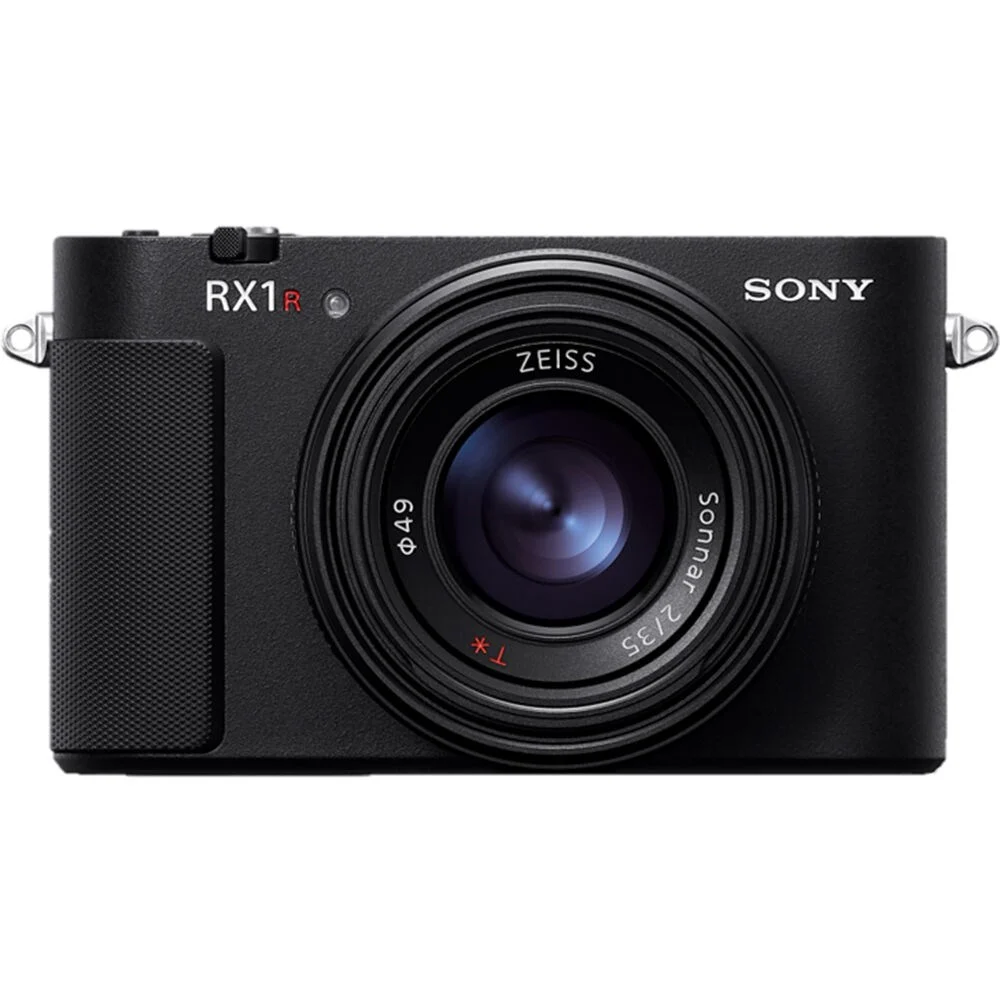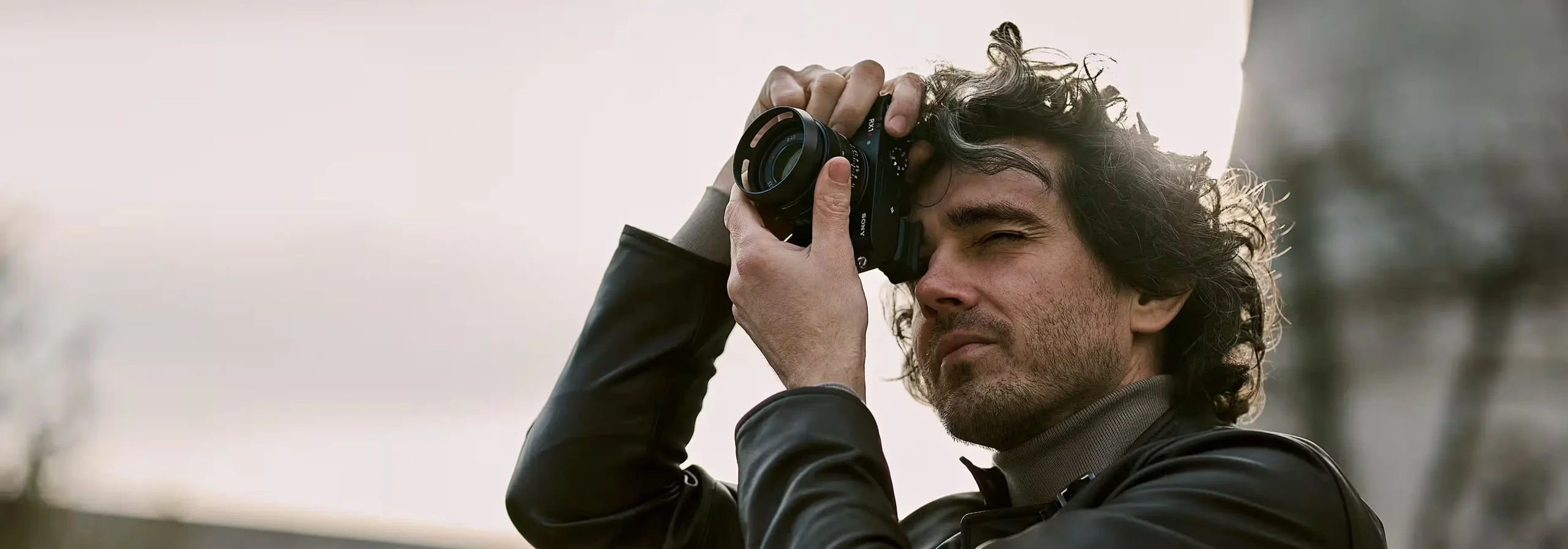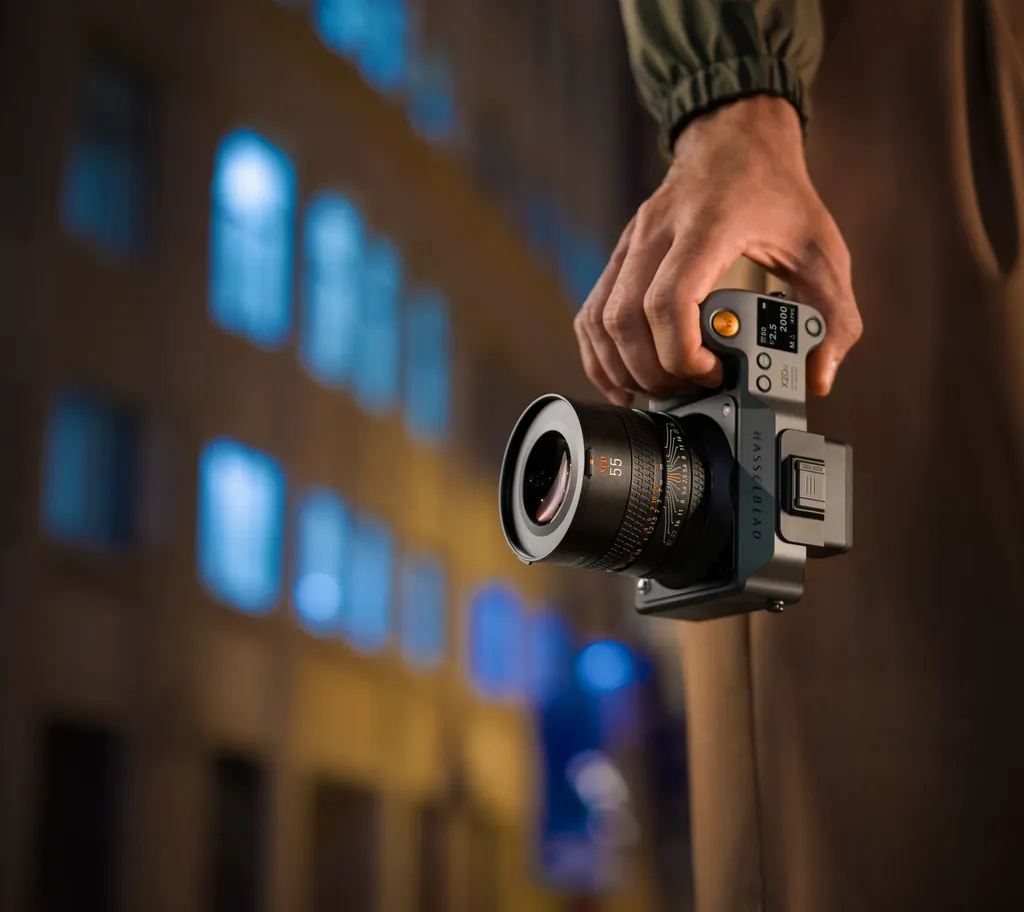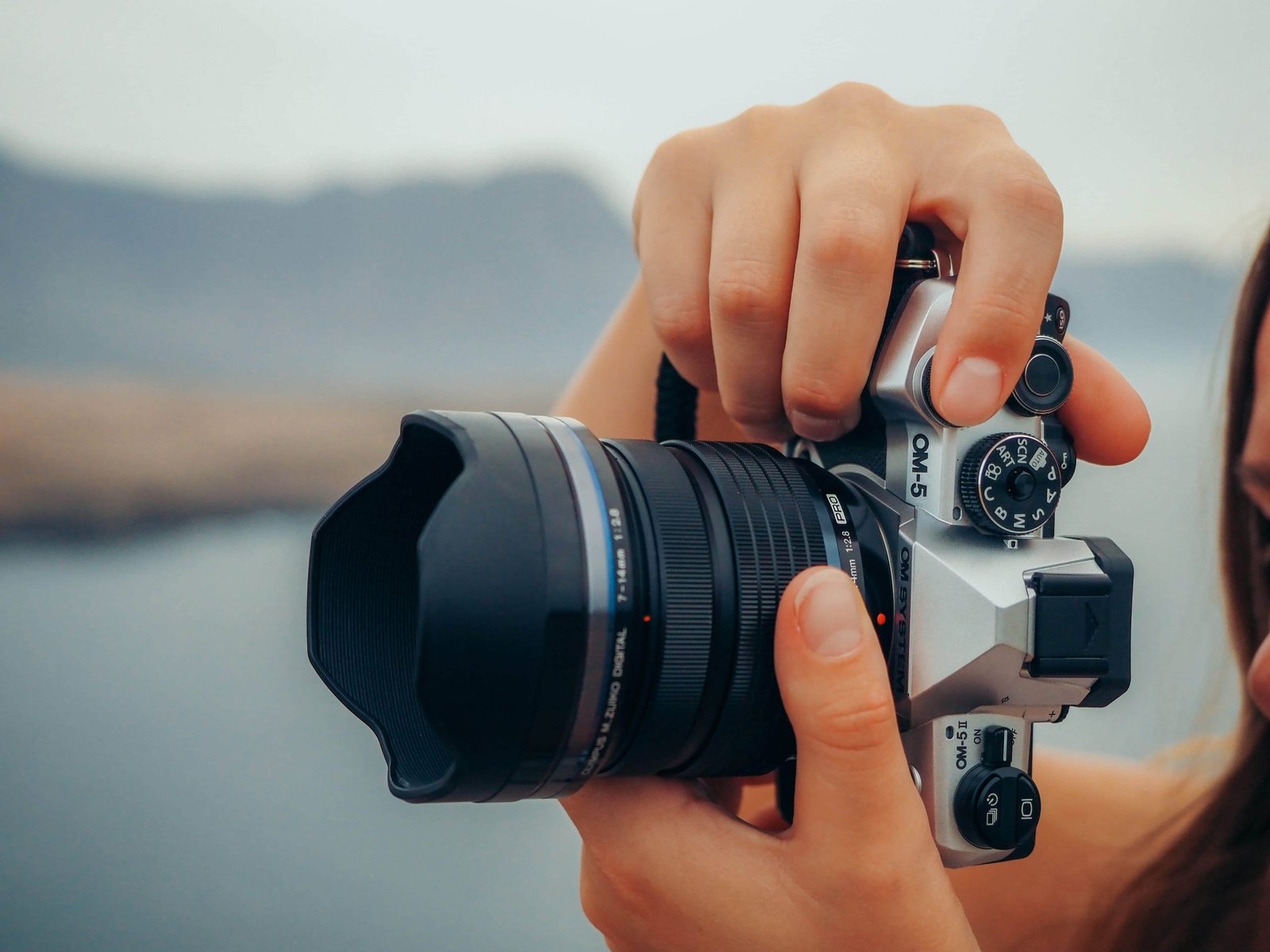After nearly a decade of waiting, Sony has finally delivered the RX1R III – a camera that pushes the boundaries of what’s possible in a compact form factor. But with a price tag of £4,200, this isn’t just an upgrade; it’s a statement piece that demands serious consideration.
Design and Build Quality
The RX1R III immediately impresses with its refined construction. Sony has redesigned the body with a completely flat top panel, creating a more elegant profile that feels substantial yet never cumbersome. At 498g, it’s perfectly balanced – heavy enough to feel premium but light enough for all-day shooting. The magnesium alloy construction exudes quality, though the lack of weather sealing specifications is concerning at this price point.
The new grip design is a significant improvement, providing secure handling during extended shooting sessions. However, the absence of a tilting screen feels like a missed opportunity, especially when competitors like the Leica Q3 offer this feature.
Image Quality: Where This Camera Shines
The 61-megapixel full-frame sensor is simply outstanding. The dynamic range is exceptional at 15 stops, and the detail capture is remarkable. The Zeiss 35mm f/2.0 lens, while unchanged from the previous generation, still delivers razor-sharp results with beautiful bokeh characteristics. The question of whether a 10-year-old lens design can fully resolve 61 megapixels remains, but in real-world shooting, the results are consistently impressive.
Low-light performance is excellent, with usable images up to ISO 12,800 and acceptable quality even at the expanded ISO 102,400. The lack of in-body stabilisation is noticeable, but the leaf shutter’s inherent quietness and fast flash sync capabilities (up to 1/4000s) provide unique advantages for street photography.
Autofocus: A Generational Leap
This is where the RX1R III truly excels. The AI-powered subject recognition is genuinely impressive, tracking everything from humans to birds with remarkable accuracy. The 693-point phase-detection system covers 78% of the frame, ensuring sharp focus even with off-center subjects. The human pose estimation technology works exceptionally well, maintaining focus even when subjects turn away or wear helmets.
For a compact camera, the autofocus performance rivals Sony’s flagship mirrorless bodies – a remarkable achievement that transforms the shooting experience from the previous generation.
Video Capabilities: Adequate but Not Exceptional
The 4K 30p video recording feels somewhat limiting in 2025, especially considering the sensor’s capabilities. While the inclusion of S-Cinetone and various recording formats is appreciated, the lack of higher frame rates in 4K and the absence of advanced video features found in similarly priced cameras is disappointing.
The active stabilization works well for handheld shooting, but it’s no substitute for proper in-body stabilization for stills.
Usability and Interface
The Step Crop feature is genuinely useful, allowing instant switching between 35mm (60MP), 50mm (29MP), and 70mm (15MP) equivalents. This clever implementation helps offset the fixed lens limitation, though it’s essentially advanced digital cropping rather than true optical zoom.
The 2.36-million-dot touchscreen is responsive and clear, though the fixed position limits creative compositions. The electronic viewfinder, while functional, uses the same resolution as the decade-old predecessor – a puzzling decision from Sony.
Battery Life and Connectivity
The larger NP-FW50 battery provides approximately 300 shots per charge – a significant improvement over the previous model. USB-C charging with Power Delivery support is welcome, allowing for extended shooting with power banks.
Connectivity options are comprehensive, including Wi-Fi, Bluetooth, and the Creators’ App integration for seamless smartphone transfer and cloud uploading.
Value Proposition: The Elephant in the Room
At £4,200, the RX1R III sits in premium territory, competing directly with the Leica Q3 (£6,700) and offering an alternative to the Fujifilm GFX100 RF (£4,900). While it’s more accessible than the Leica, the price increase from the previous generation is substantial.
The question becomes: who is this camera for? Street photographers who value discretion will appreciate the compact size and exceptional image quality. Travel photographers who prefer the simplicity of a fixed lens will find much to love. However, the lack of lens versatility and premium pricing make this a very specific tool for a particular type of photographer.
Verdict
The Sony RX1R III is an exceptional camera that delivers on its promise of professional image quality in a compact package. The autofocus improvements alone justify the upgrade for existing users, and the image quality is undeniably impressive.
However, the premium pricing, lack of significant lens improvements, and missing features like in-body stabilization and a tilting screen make this a camera for the committed rather than the curious. If you understand exactly what this camera offers and why you need it, you’ll likely love it. If you’re questioning whether the fixed lens limitation is worth the premium price, you should probably look elsewhere.
Best for: Street photographers, travel photographers, and professionals seeking a high-quality compact backup camera.
Consider alternatives if: You need lens versatility, video features, or question the fixed lens concept
The RX1R III is undoubtedly a remarkable camera, but it’s one that demands both financial commitment and a clear understanding of its place in your photographic workflow.
Buy The Sony RX1R III

Purchase your Sony RX1R III from Campkins Cameras with confidence – we offer expert advice, competitive pricing, and comprehensive after-sales support to ensure you get the most from this premium compact camera.




